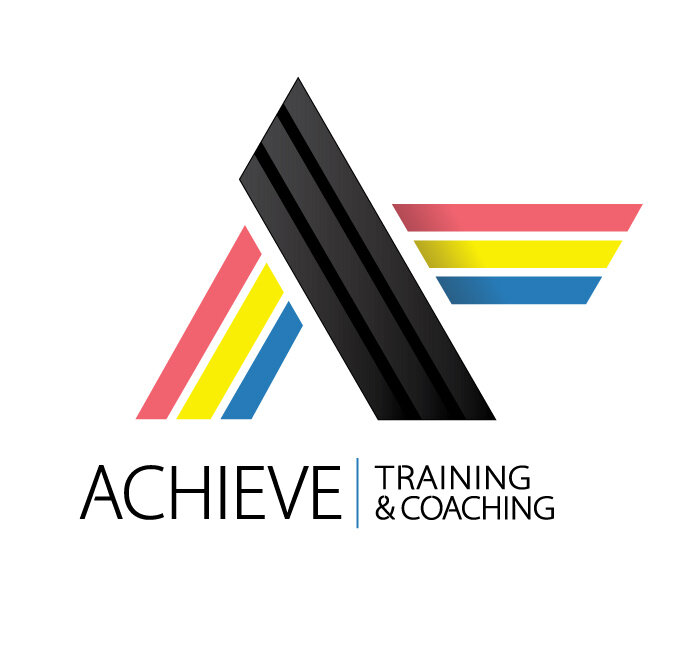Improve your Cycling Performance with Neuromuscular Drills
Are you looking to make bigger gains on the bike? One relatively painless and often overlooked method to increasing your cycling power is accomplished by training the neuromuscular system and improving efficiency. This season, the Achieve coaching staff has added more neuromuscular drills to its program to help athletes reach their peak performance. So let’s go ahead and discuss what you have to gain by doing cadence drills and single leg pedaling.
The brain determines how efficiently you move
In addition to training the aerobic, glycolytic (often referred to as lactate threshold) and ATP-CP energy systems, becoming a faster cyclist requires addressing the neuromuscular system.
The neuromuscular system includes all the muscles in the body and the nerves serving them. It is directly responsible for the recruitment of muscle fibers and the coordination between your brain and muscles.
Training neuromuscular coordination enables you to get the most efficient firing of the muscles, thereby producing less fatigue. In fact, our synapses and nerves can actually be conditioned to fire at a quicker rate and recruit more muscle fibers. Put simply, the more muscle fibers that are recruited and the more efficient your pedal stroke, the more power you will produce and the faster you will go.
A distinction between newbies and pros
Think back to when you first learned to ride a bike. Your pedal stroke was likely choppy and your riding wobbly. Now take a look at any seasoned pro; even during hard efforts they flow over the terrain smoothly and efficiently, balanced and in control. The pro has highly developed neuromuscular coordination and efficiency.
Maximum Power relies on Force, Speed and Efficiency
Power is the product of force (pressure on the pedals) and speed (cadence). But when it comes to riding a bicycle, we also need to include pedaling efficiency in the equation. Generating maximum power depends on the strength of the muscles involved as well as a series of coordinated neuromuscular patterns. Riding efficiently means a greater transfer of power to the road, i.e. riding faster.
“After doing single leg drills, my friend and I were riding along at a very fast clip. I didn’t even notice how fast we were going because it felt so easy to ride with both legs. It felt like no effort at all in a headwind. I love single leg drills!” – Achieve athlete Claire Hofbauer
How do I train the Neuromuscular System?
The neuromuscular system can be addressed in a number of ways. For example, strength training at the gym will increase muscle fiber density and recruitment, meaning a more forceful contraction on the bike. On the bike, single-leg drills work to improve pedaling efficiency and eliminate dead spots in the pedal stroke. Overgeared low-cadence intervals and high-cadence drills focused on smooth pedaling mechanics can also help improve neuromuscular coordination and pedaling efficiency, enabling you to use less energy per pedal stroke.
By smoothing your pedal stroke and training your muscles to contract and relax more quickly, you will increase your neuromuscular coordination and use less energy per pedal stroke, maintaining a higher power over time.
Sample Workout:
Single Leg Drills
4×30 sec single leg pedaling. Start with left leg, then right, repeat 4 times.
Repeat this 3x/week at the start of rides. When this is easy, add another 15 secs (4x45sec), and then again (4x1min) when that becomes easy. Aim to get up to 90 secs each leg.
Best done on a trainer or flat road. Cadence: 75-90rpm.
Unclip one foot and focus on a smooth, round pedal stroke with the leg that is clipped in. Keep your ankle relaxed and engage your core to stabilize and keep your upper body still. Pressure or power is easy to medium. Use the single leg drills to eliminate dead spots, highlight and isolate weaknesses in your pedal stroke.
Conclusion:
Reaching your peak cycling performance requires much more than increasing threshold power. You need to possess many aspects of fitness, one of which is efficient movement.
Winter off-season is a great time to focus on improving your cycling efficiency and neuromuscular coordination. Take the time to work on pedaling drills, efficient movement and develop a strong brain-body connection to help you excel in the sport.

